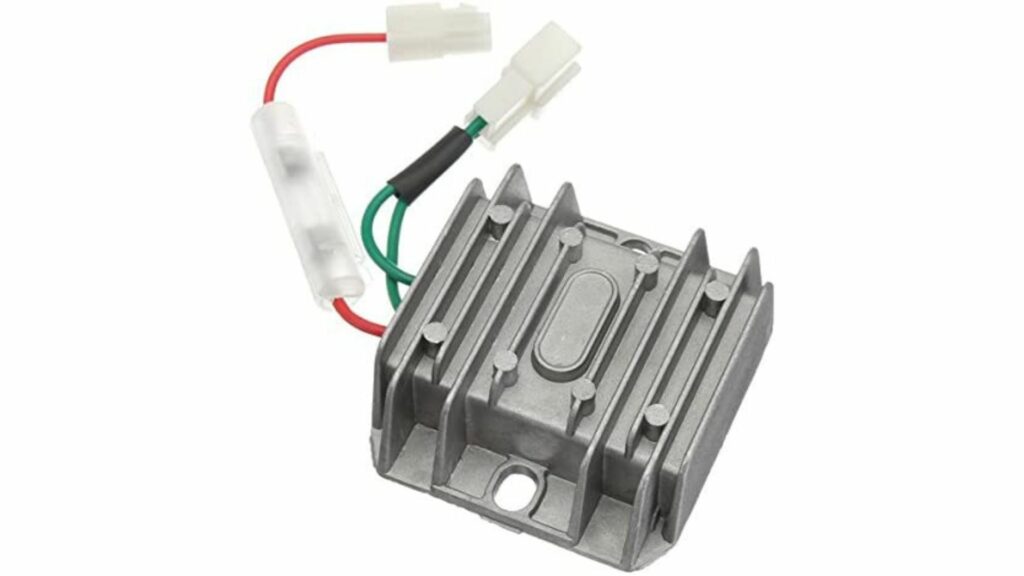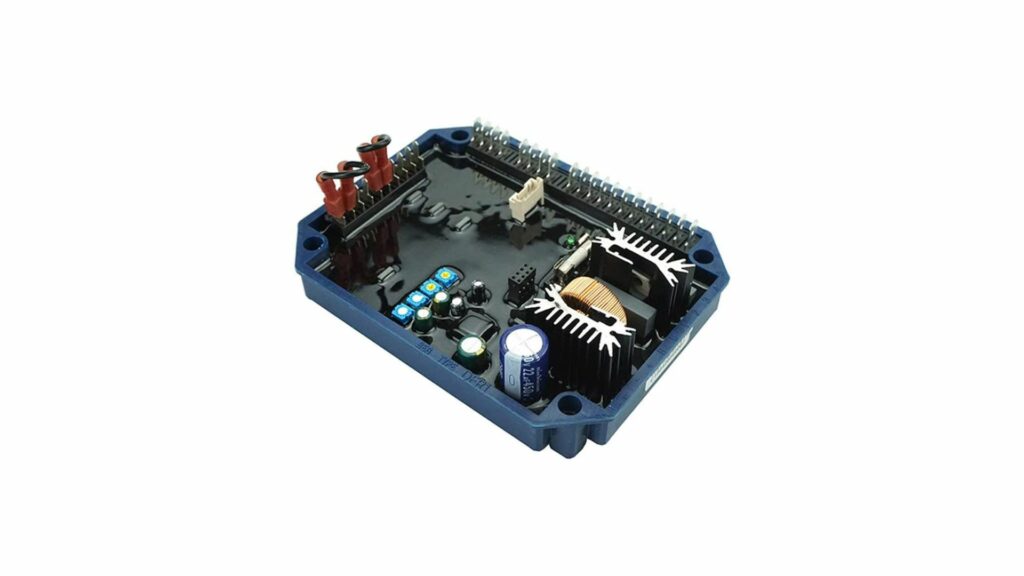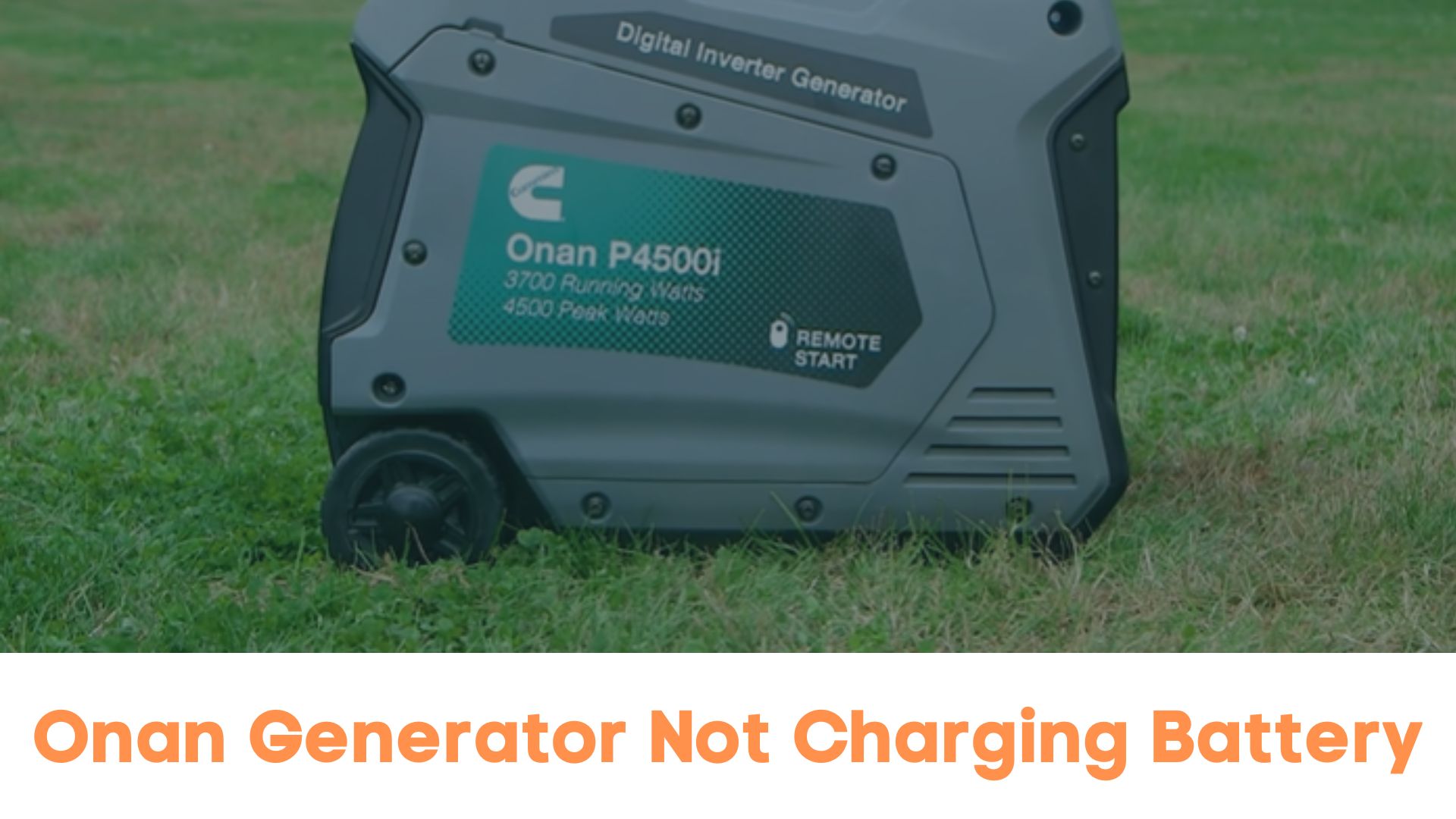The generator battery performs a variety of functions. That includes running the starting motor and operating the generator’s electronic components. Usually, the generator charges the battery when the unit’s engine runs.
However, it also works with a charger that provides a float voltage. The voltage can’t be so high that it shortens the battery’s lifespan or so low that it fails to charge the battery. A battery that won’t charge is a problem because it won’t allow the generator to start.
To find suitable solutions, you must start by identifying the factors responsible for this problem. They typically include:
1). Dead Battery
Make the battery your first stop. Generator batteries have a 2 to 3-year lifespan. Extending the battery’s use beyond this threshold is a mistake because it makes the generator unreliable. The unit may refuse to start during an emergency.
You can extend the battery’s lifespan by servicing the generator routinely. But eventually, it will fail.
How To Fix It?
- Replace a battery you’ve owned for three or more years. Batteries tend to accumulate lead sulfates on the plates, breaking down and losing their ability to maintain a charge.
- You can test the battery. You can expect a voltage of 12.4V – 12.6V when the battery is charged. But even if an older battery passes the test, you should replace it once the item exceeds the manufacturer’s recommended lifespan.
- Check the terminals. Make sure the connections are firms.
- Clean dirty terminals.
- Disconnect the battery terminals if you intend to keep the generator in storage for a long time.
- Add distilled water to the battery where necessary.
- Don’t leave the generator in storage for long periods without running it at least once every thirty days.
2). Dead Rectifier

Many technicians are quick to blame the battery charging rectifier. The rectifier turns AC into DC. In an ideal situation, it will charge the generator’s battery to completion. It will also maintain that charge, not to mention supplying DC power to the various loads to which it connects.
The rectifier tracks the battery’s temperature and status to maintain a stable voltage.
A dead rectifier will disrupt the generator’s ability to increase and maintain a battery’s charge.
3). Extensive Storage
How often do you use the generator? Batteries cannot hold their charge forever. They will self-discharge if you leave them in storage for too long. That doesn’t sound like the worst thing. After all, you can simply recharge the discharged battery, right?
Wrong. Discharging a battery to zero can cause irreversible harm. Some batteries will refuse to charge, forcing you to replace them. Others will take longer than usual to recharge. Even if you successfully recharge the battery, permitting a complete self-discharge lowers the item’s capacity and lifespan. You will replace the battery sooner than you expected.
4). Dead Charger
Usually, the generator charges the battery while the engine runs. However, you can connect a separate charger if the generator is off. These chargers can fail. You can tell because the battery’s charge will continue to fall instead of rising even though you connected the charger.
A continuity test will confirm your suspicions. You should also inspect the wires and connections.
How To Fix It?
- If you allow a battery to discharge completely and it won’t recharge, jumpstart the battery.
- Make sure the connections between the battery and its charger are firm.
- You should also replace damaged wiring.
- Replace a damaged battery charger.
- Inspect and replace a damaged voltage regulator, especially if the battery keeps draining. A defective regulator cannot produce enough voltage to keep a generator battery charged.
- Replace the rectifier.
5). Faulty Voltage Regulator

These solid-state electronic devices matter because they maintain the generator’s output within the correct range.
They prevent the generator’s voltage from dropping below a predetermined threshold. A defective voltage regulator can lead to insufficient charge in the generator’s battery.
How To Fix Onan Generator That Is Not Charging Battery?
Finding the source of the fault is merely the first step. You must pair each problem with a fitting solution. Your options include the following:
Reset Tripped Fuses And Breakers
Tripped breakers and blown fuses are the best-case scenarios because they have simple solutions. You can reset a breaker by flipping a switch. The fuse is a little tricky for inexperienced laypeople, but only because they don’t know where to find it.
The manual will solve this problem. However, you are better off hiring a technician to find out why the fuse blew in the first place. Otherwise, the new fuse will also blow. Many people forget to troubleshoot the fuse because they expect a blown fuse to kill the generator’s output completely, but that doesn’t always happen.
Sometimes, a blown fuse will allow the generator to send power to some loads but not others. For instance, the unit may run your home’s equipment while refusing to charge the battery. Don’t rule it out as a potential culprit until you find and inspect the fuse for damage.
Replace Dead Generator
You can’t replace a generator simply because the battery won’t charge. However, you should replace the generator if a discharged battery is only one symptom among the many you’ve noticed, including the following:
- The generator has lasted 50,000 hours or more.
- It requires frequent repairs.
- The cost of new repairs will exceed the value of the unit.
- The generator uses too much fuel.
- The generator’s output is too low to meet your electrical requirements. It routinely overloads.
- The unit’s output is erratic.
- The generator struggles to start.

